Selecting the perfect avian companion is a decision that extends far beyond aesthetic preferences. For many prospective bird owners, the energy level and temperament of their feathered friend can significantly impact the harmony of their household. Cockatoos and conures represent two distinctly different yet equally captivating branches of the parrot family, each bringing their unique personalities, care requirements, and interactive styles to the table. Whether you’re drawn to the majestic presence of a cockatoo or the vibrant energy of a conure, understanding the fundamental differences between these species is crucial to creating a fulfilling relationship that matches your lifestyle and energy levels. This comprehensive guide will explore the distinctive characteristics of both bird types, helping you make an informed decision about which feathered companion might best suit your home, personality, and daily routine.
The Spirited Nature of Cockatoos

Cockatoos are renowned for their expressive personalities and deep capacity for emotional connection with their human companions. These large, predominantly white parrots originate from the Australasia region and are characterized by their distinctive crests that raise and lower according to their emotional state. While their size might suggest a more sedate nature, cockatoos are actually incredibly energetic birds that require significant mental stimulation and social interaction. Their intelligence allows them to form profound bonds with their caretakers, often displaying affection through cuddling and seeking physical contact. This emotional intensity means cockatoos thrive in environments where they receive consistent attention and engagement, making them somewhat demanding but incredibly rewarding companions for those prepared to meet their needs.
The Dynamic World of Conures

Conures represent a diverse group of small to medium-sized parrots native to Central and South America, known for their spectacular plumage and playful dispositions. These colorful birds pack tremendous personality into their compact frames, demonstrating an enthusiasm for life that manifests in acrobatic play, curious exploration, and vocal expression. Unlike the more physically demanding cockatoos, conures generally require less hands-on attention while still offering engaging companionship through their animated behaviors and interactions. Their natural exuberance makes them excellent entertainers, often creating their own amusements with toys and engaging in independent play. For households with moderate energy levels that still want an interactive pet, conures strike a balance between independence and sociability that many find appealing.
Size and Space Considerations

The physical dimensions of your potential feathered companion directly impact the space requirements and daily management of their care. Cockatoos are substantially larger birds, with species like the Umbrella Cockatoo reaching up to 18 inches in length and requiring spacious cages that accommodate their impressive wingspan and active nature. Their size translates to a more significant presence in your home—both physically and in terms of the space they need for exercise and enrichment activities. Conures, measuring between 10-14 inches depending on the species, can comfortably inhabit smaller cages while still requiring daily out-of-cage time for exercise. The more compact size of conures makes them adaptable to apartments and smaller living spaces where a cockatoo might feel confined. When planning your living arrangement, consider not just the static cage space but also the play areas and flight paths your bird will need for optimal physical and mental health.
Noise Levels and Vocal Expressions

Both cockatoos and conures are vocal birds, but they express themselves in distinctly different acoustic patterns that potential owners should carefully consider. Cockatoos possess one of the loudest vocalizations in the parrot world, capable of producing ear-piercing screams that can reach volumes appropriate for communicating across vast Australian landscapes. Their calls typically occur at dawn and dusk, reflecting natural wild behaviors, but can also manifest during periods of boredom, distress, or excitement. Conures, particularly Sun and Jenday varieties, are also notorious for their sharp, high-pitched vocalizations that can carry surprisingly well despite their smaller size. However, their calls tend to be shorter in duration than cockatoo screams, though potentially more frequent throughout the day. Neither species would be considered “quiet” birds, making both challenging choices for those living in apartments with thin walls or noise-sensitive environments.
Lifespan and Long-Term Commitment

Adopting either a cockatoo or conure represents a significant life decision due to their remarkable longevity compared to most companion animals. Cockatoos rank among the longest-lived parrot species, with many individuals reaching 60-70 years in captivity when provided with optimal care and nutrition. This extraordinary lifespan means that acquiring a cockatoo often represents a multi-generational commitment that extends far beyond most human relationships. Conures, while not quite as long-lived as their larger counterparts, still boast impressive lifespans ranging from 20-30 years depending on the specific species and quality of care. The decades-long responsibility of caring for these birds requires prospective owners to consider their own life trajectories, including potential career changes, relocations, and family planning. The emotional implications of this commitment are profound, as both species form deep bonds with their caretakers and can experience significant distress when rehomed.
Intelligence and Trainability

The cognitive abilities of both cockatoos and conures contribute significantly to their appeal as companion animals, though their learning styles and intellectual expressions differ noticeably. Cockatoos demonstrate exceptional problem-solving skills and emotional intelligence, often mastering complex behaviors through their strong desire to please their human companions. Their capacity for understanding emotional nuance allows them to respond to subtle changes in their owner’s mood and behavior, creating deeply intuitive relationships. Conures exhibit equally impressive intelligence but typically channel it through playful exploration and practical learning rather than emotional connection. Their quick minds make them excellent candidates for trick training and target behaviors, though their shorter attention spans may require more frequent, shorter training sessions compared to cockatoos. Both species benefit tremendously from positive reinforcement techniques, with cockatoos particularly responsive to affection-based rewards while conures often work enthusiastically for food treats and enthusiastic praise.
Affection and Physical Interaction

The way these birds express and receive affection represents one of the most significant contrasts between cockatoos and conures. Cockatoos are legendary for their cuddle-seeking behavior, often actively soliciting physical contact through nuzzling, head-butting, and positioning themselves for scratches and pets. Their desire for physical closeness can sometimes border on dependency, with many cockatoos preferring to spend hours nestled against their favorite human’s neck or shoulder. Conures, while certainly affectionate, typically express their bond through proximity and interactive play rather than sustained physical contact. They may enjoy brief head scratches or gentle petting but generally prefer active engagement through games and shared activities over extended cuddling sessions. Understanding these different attachment styles is crucial for meeting each bird’s emotional needs appropriately and establishing boundaries that work for both bird and owner.
Destructive Tendencies and Enrichment Needs

The natural foraging behaviors of parrots translate into varying levels of destructive potential in domestic settings, with important distinctions between cockatoos and conures. Cockatoos possess extraordinarily powerful beaks evolved for cracking hard nuts and manipulating tough vegetation, giving them the ability to reduce wooden furniture, molding, and even drywall to splinters when inadequately stimulated. Their need for extensive chewing opportunities stems from both physical requirements (beak maintenance) and psychological ones (foraging instincts and stress relief). Conures also require chewing outlets but typically cause less structural damage due to their smaller beaks, though they compensate by being more persistently active in their explorations. Both species benefit tremendously from rotating enrichment schedules that include various textures and materials for destruction, puzzle toys that challenge their problem-solving abilities, and foraging opportunities that extend feeding time. Creating designated “destruction zones” with appropriate materials can help channel these natural behaviors productively while preserving your home’s integrity.
Diet and Nutritional Considerations

Providing optimal nutrition for either cockatoos or conures requires attention to species-specific dietary needs that support their distinctive physiologies and energy requirements. Cockatoos evolved in relatively nutrient-poor environments, developing efficient digestive systems that can be compromised by overly rich diets in captivity. They thrive on regimens centered around high-quality pellets supplemented with carefully portioned fresh vegetables, limited fruits, and occasional nuts, with particular attention needed to prevent obesity and fatty liver disease. Conures generally benefit from similar foundation diets but typically require proportionally more food relative to their body weight due to their higher metabolic rates and active nature. Their natural diet in the wild includes a greater variety of fruits alongside seeds and vegetation, reflected in captive feeding recommendations that include more colorful produce. Both species exhibit strong food preferences that can lead to selective eating, requiring thoughtful introduction of new foods and consistent offering of balanced options to ensure complete nutrition.
Social Needs and Flock Behavior

The deeply ingrained flock mentality of parrots manifests differently in cockatoos and conures, influencing how they integrate into human household dynamics. Cockatoos typically form intensely focused bonds with one or two primary caretakers, often displaying jealous or possessive behaviors toward their chosen “flock members” that can complicate multi-person households. Their natural social structure involves strong pair bonds rather than large groups, making them somewhat less adaptable to homes with frequent visitors or changing family dynamics. Conures, conversely, evolved in larger, more fluid flock structures that translate to greater social flexibility in captivity. They generally welcome interaction with various family members and can adapt more readily to household changes, though they still require consistent core relationships for security. Both species can experience severe psychological distress when socially isolated, though cockatoos typically display more dramatic symptoms of neglect through self-destructive behaviors like feather plucking and self-mutilation, underscoring the critical importance of meeting their social requirements.
Healthcare Considerations and Common Issues

Proactive healthcare management for parrots involves understanding the predispositions of specific species to certain medical conditions. Cockatoos demonstrate particular vulnerability to psychological disorders manifesting in self-destructive behaviors, with feather destruction syndrome affecting a significant percentage of captive birds when their extensive emotional and environmental needs go unmet. They also show higher incidences of fatty liver disease, atherosclerosis, and respiratory issues related to their dust-heavy feather structure, requiring specialized air filtration in their living spaces. Conures present their own healthcare profile, with Green-cheeked and Sun conures showing predispositions to fatty tumors (lipomas), while many conure species demonstrate sensitivity to nutritional imbalances manifesting in feather quality issues. Both groups require regular veterinary care from avian specialists, with baseline wellness exams recommended annually and comprehensive bloodwork suggested every 1-2 years to detect subclinical issues before they progress. The specialized nature of avian medicine makes accessibility to qualified veterinarians an important consideration when choosing between these species, particularly for cockatoos whose complex health needs often require more frequent professional intervention.
Financial Investment Comparison

The economic reality of bird ownership extends far beyond the initial acquisition cost, with significant differences between cockatoos and conures in long-term financial commitment. Cockatoos represent one of the most substantial financial investments in the avian world, with initial purchase prices ranging from $1,500 to $4,000 for hand-raised babies from reputable breeders. Their larger size necessitates more expensive housing, with appropriate cages often starting around $800 and specialized play stands adding several hundred more to the startup costs. The lifetime expense continues with higher food consumption, more frequent toy replacement due to their destructive abilities, and typically more extensive veterinary interventions. Conures present a more moderate financial profile, with most species available from $350 to $800, appropriately sized cages starting around $300, and proportionally lower ongoing expenses for food and enrichment. However, the common misconception that smaller birds represent “budget” pets overlooks the substantial commitment still required for proper conure care, including diverse toy rotation, quality nutrition, and preventative healthcare that still amounts to several hundred dollars annually throughout their decades-long lifespan.
Making Your Final Decision

Selecting between a cockatoo and conure ultimately requires honest self-assessment about your lifestyle, personality, and what you truly seek in a bird companion. Cockatoos thrive with owners who can provide consistent, daily interaction for several hours, maintain predictable routines, and who derive satisfaction from deep one-on-one emotional connections that might sometimes feel overwhelming in their intensity. They reward this investment with unparalleled affection and complexity of relationship that many owners describe as more akin to having a perpetual toddler than a traditional pet. Conures match better with active households that can provide regular but perhaps less intensive interaction, appreciate playful energy over cuddles, and value a bird that can entertain itself for periods while still forming meaningful bonds. Neither choice represents an “easier” option—merely different styles of companionship that align with different human personalities and circumstances. The most successful parrot-human relationships begin with realistic expectations and a willingness to adapt to your bird’s natural behaviors rather than expecting them to conform entirely to human preferences.
In conclusion, the choice between a cockatoo and a conure represents not simply a selection between different bird species, but between distinct lifestyles and relationship styles. Cockatoos offer profound emotional depth and cuddly affection but demand extraordinary commitment of time, emotional energy, and resources. Conures provide vibrant companionship and entertaining interactions within a somewhat more manageable framework of care. Neither bird will thrive with an owner whose energy and availability doesn’t match their needs. By honestly assessing your lifestyle, living situation, and what you truly seek in an avian relationship, you can make an informed choice that leads to decades of rewarding companionship. Remember that adoption represents a viable option for both species, with many adult birds needing homes where their established personalities can be matched with appropriate human partners. Whichever path you choose, preparing thoroughly and committing to ongoing education about your bird’s needs will lay the foundation for a successful partnership with these remarkable creatures.

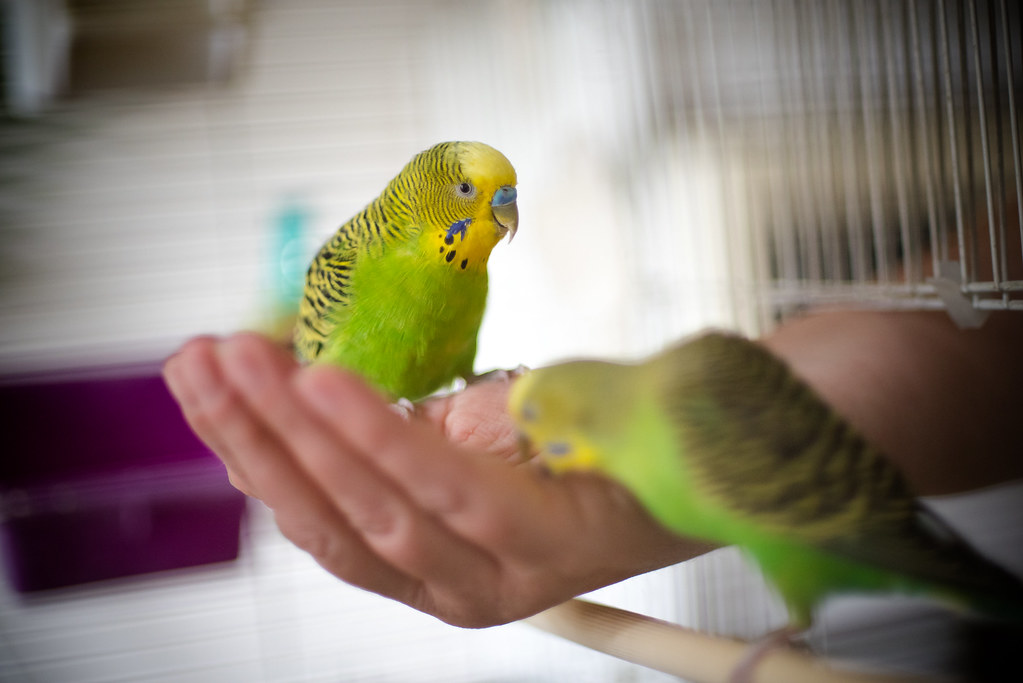
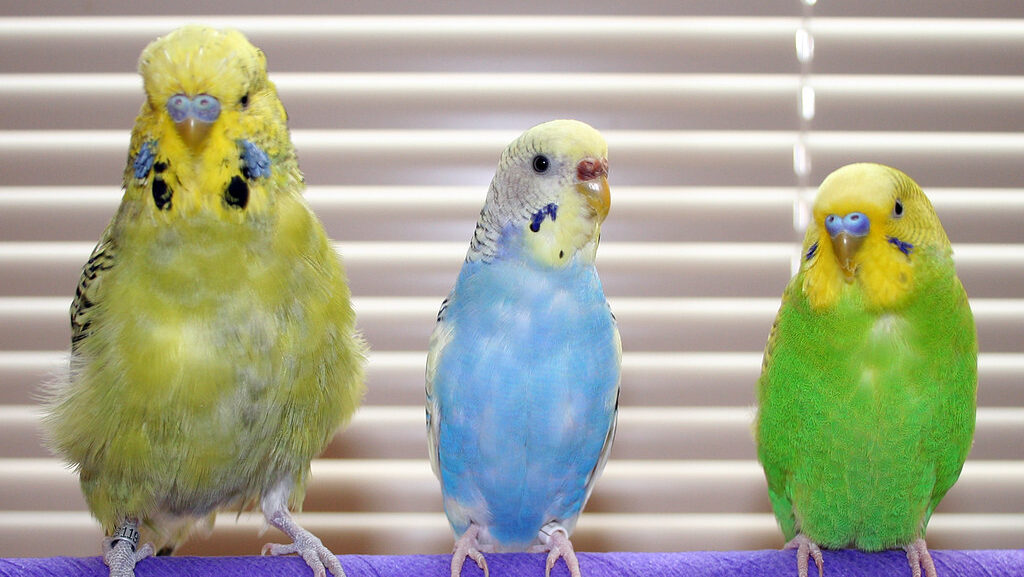
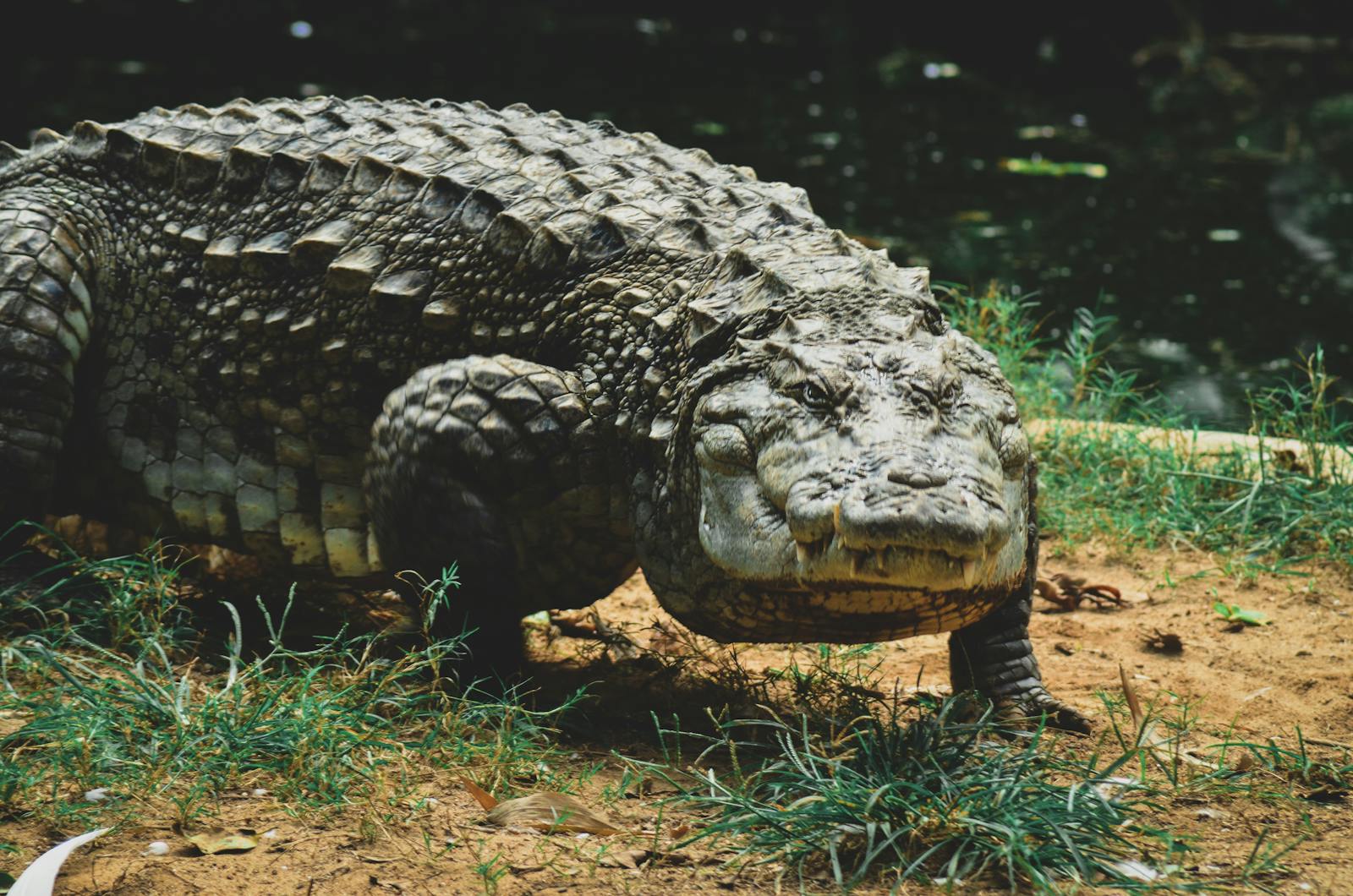
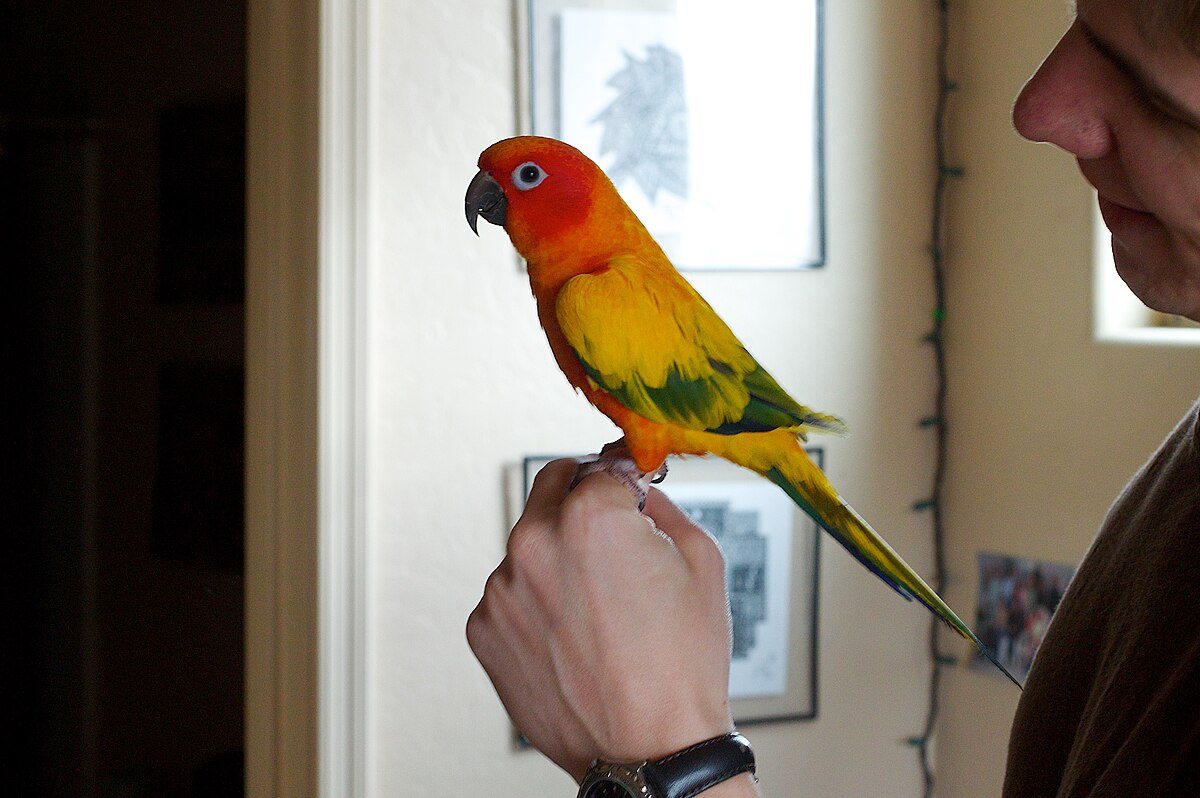
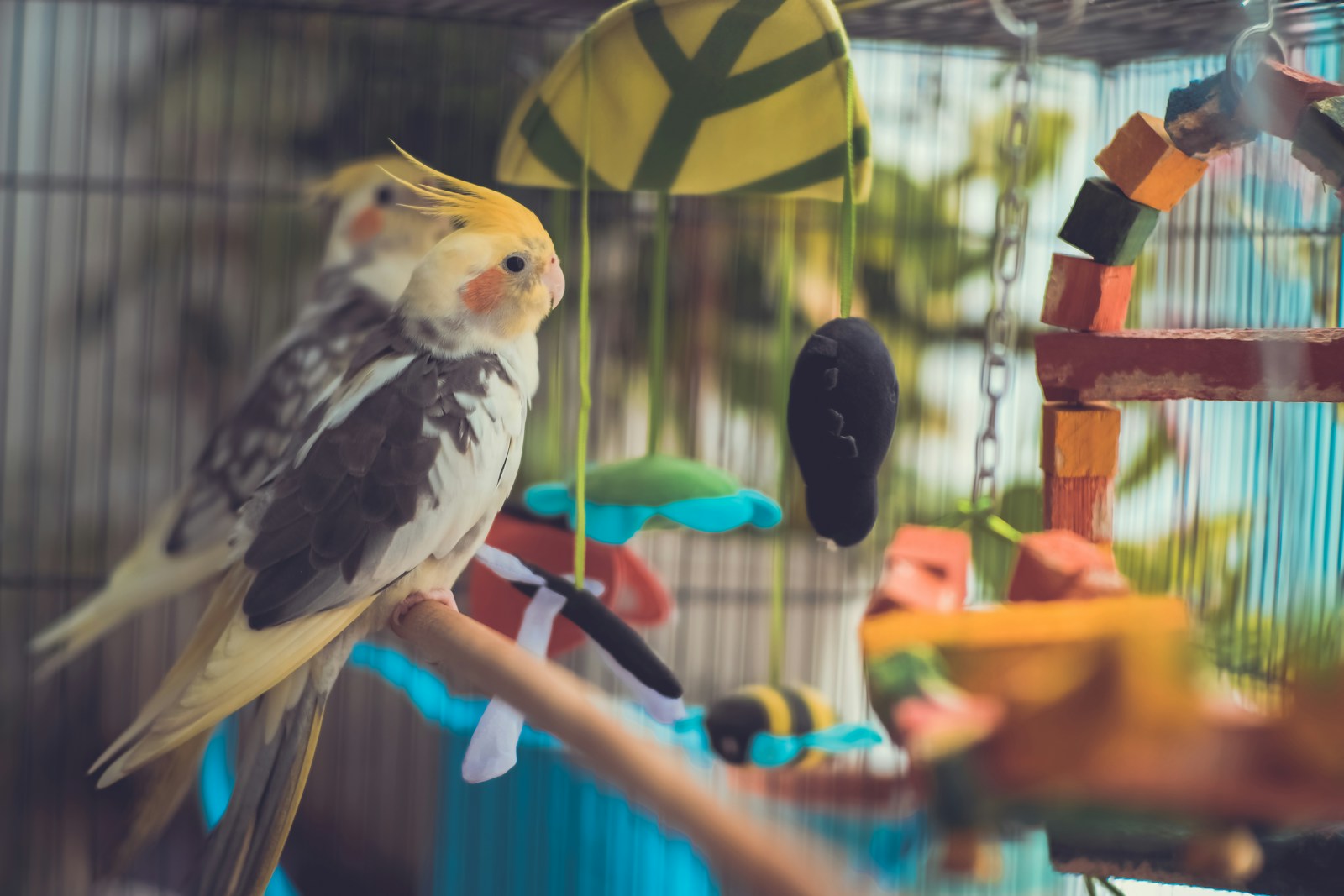
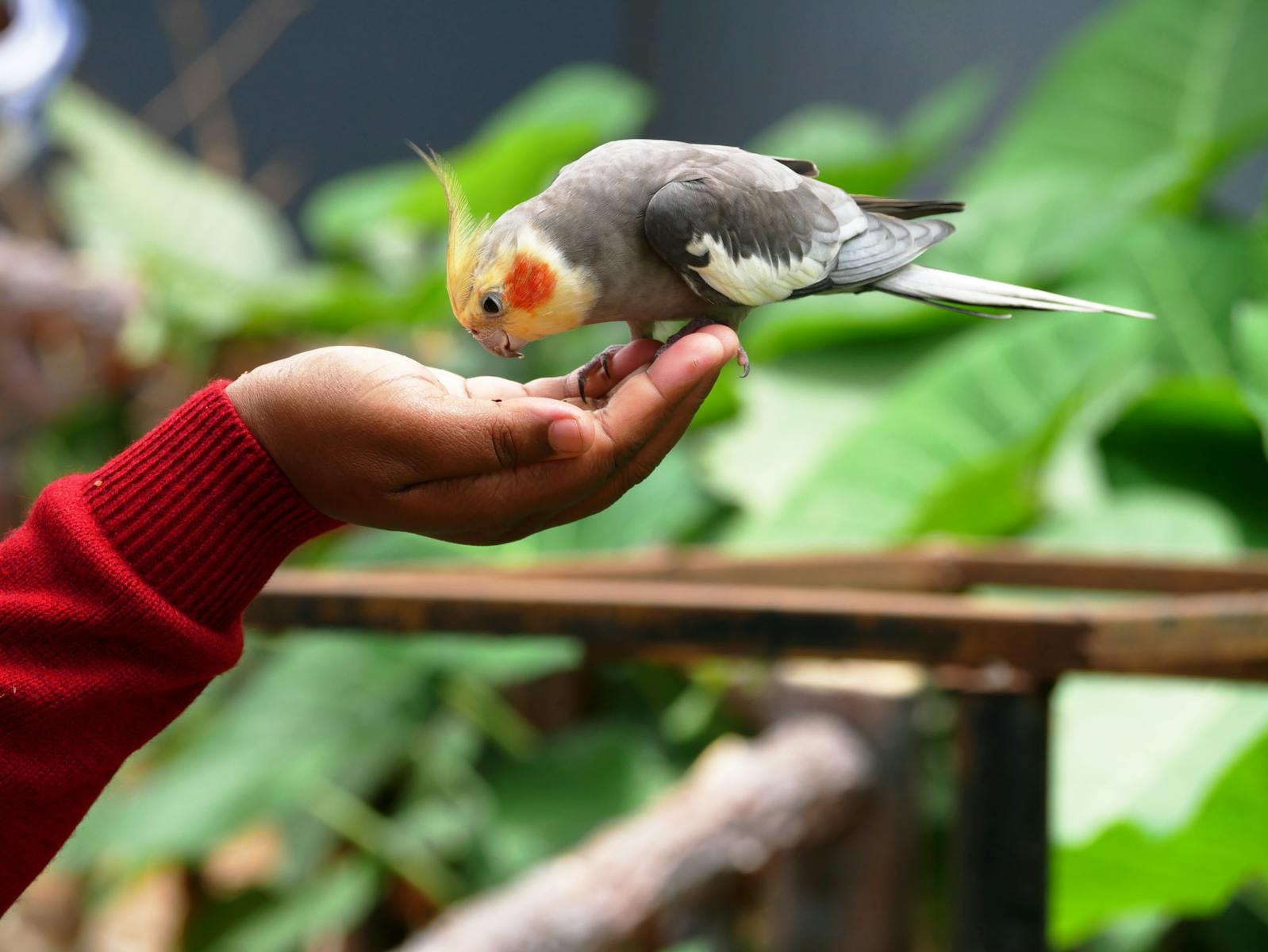
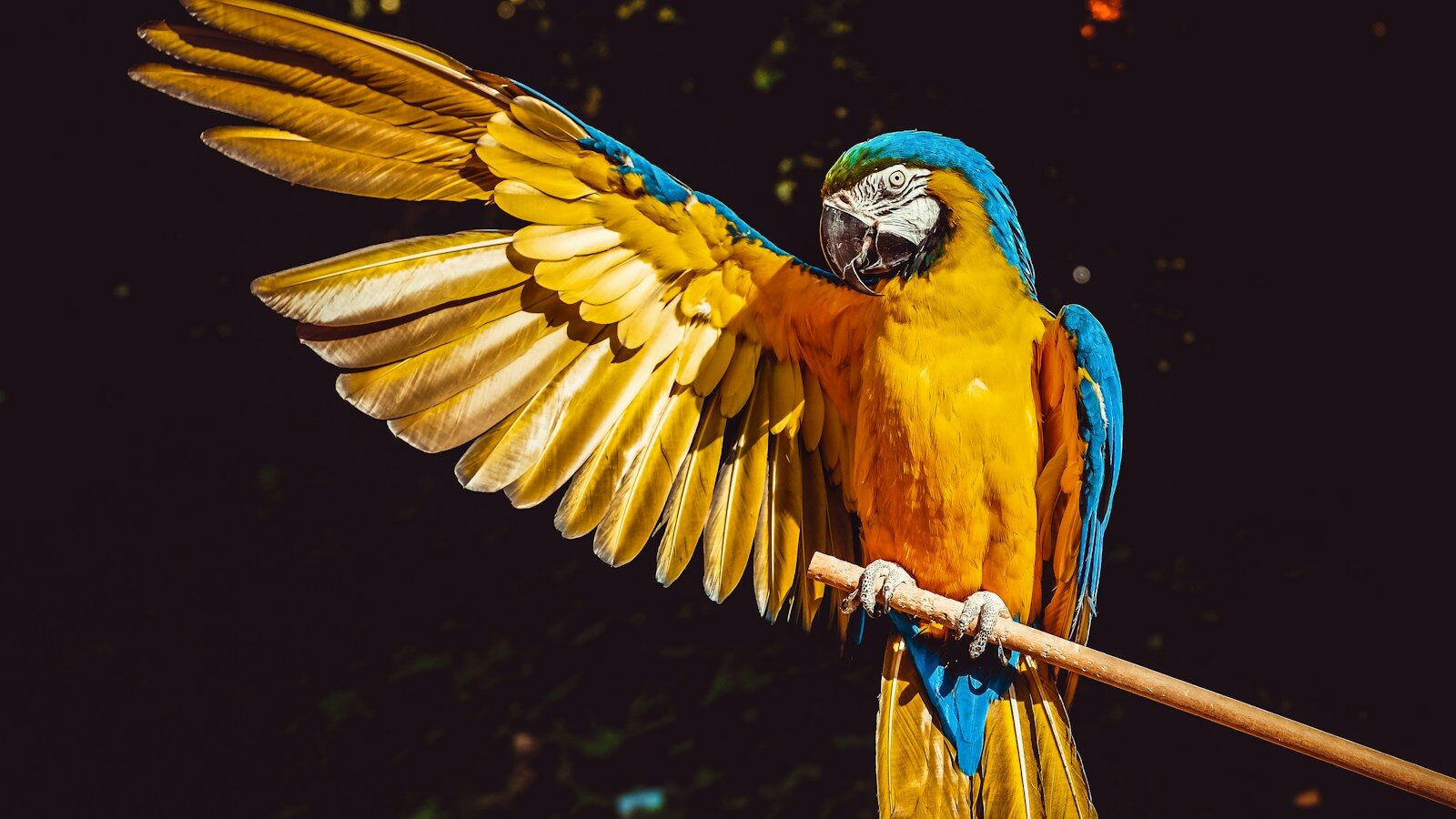







Leave a Reply